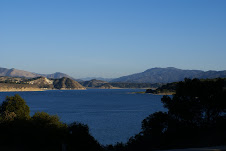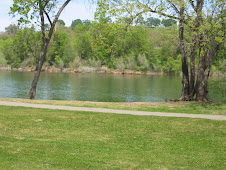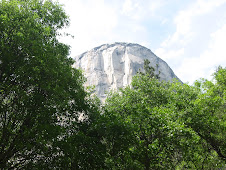by Sheila Gazlay, Jun 30, 2008
Staying at Olympic National Park and how to get the most out of your visit.
There are 56 national parks in the U.S. which means there is one in every state and 2 in some of them. Olympic National Park, located in the state of Washington hosts 3.3 visitors or more each year.
Olympic national park was established as a park in 1938 by President Franklin Roosevelt. Its boundaries hold 1,400 square miles of park with 876,00 set aside as formal wilderness, 95% of which is parkland. If you are one of these millions of visitors, while staying at the park you will be able to view everything from natural coastline to glaciers. The habitat holds and protects more than 20 species of animal which are comfortable in differing types of eco systems and the park is able to accommodate all of them comfortably.
Camping facilities are available as well as maintained trails for hiking. While camping or hiking, you may see any number of wild animals which venture over from the wilderness area and include everything from a deer mouse to a black bear. There are 17 individual camp grounds in the park. Camping fees vary but amenities provided to most campers include water, toilets, and garbage containers. In addition, each campsite has its own picnic table and fire pit or grill. If your camper is 21 feet or less, you will fit right in. The camp does not provide spaces for campers larger than this.
If you want to camp surrounded by snow, plan your trip any time from November to late June though you will find some of the grounds accommodations closed and you will need to provide your own water as the campground's water systems are turned off and drained during this season. During any season, camping is limited to 14 days. You may bring your four legged friends but keep them on a leash and the park has rules against feeding the wild animals- they are strictly look but don't touch.
To that end, just remember these rules:
Minimize site alteration when camping, do not build structures.
Avoid damaging live trees and plants.
Avoid disturbing wildlife.
Leave natural objects and cultural artifacts for others to enjoy.
It is illegal to remove any cultural objects from North Cascades National Park.
Also, since much of the land is still in its natural state, it is possible you may find what are known as “cultural artifacts”. One such example is a man who found arrow heads while camping in the backcountry. These artifacts are protected by the Archaeological Resources Protection Act and as such need to be respected and left where they were found.
When camping in the backcountry, also remember to limit your fire to a stove and not set a free standing fire as this is a great danger to the park and the animals. Other backcountry camping tips are:
Use dead and down wood only.
In high use areas, build campfires in existing fire rings to concentrate impacts.
On the coast, build your fire below the high tide line.
Consider using a large wok, gold pan or other metal container to avoid making scars on the ground.
During your stay at Olympic National Park, if you choose to make an overnight trip into the wilderness, you will pay a $2 fee which goes to fund projects that benefit the wildlife and the wilderness users.
No matter what time of year you choose to visit Olympic National Park, you are sure to find many adventures and activities awaiting you.
Thursday, October 9, 2008
Subscribe to:
Post Comments (Atom)


Not Camping Just Fun!

Frozen Fountain in our old backyard!













1 comment:
Since you've posted my article without my permission, do you mind telling me where you got it? Let me know .
Thanks,
Sheila Gazlay
workathomeideas@yahoo.com
Post a Comment